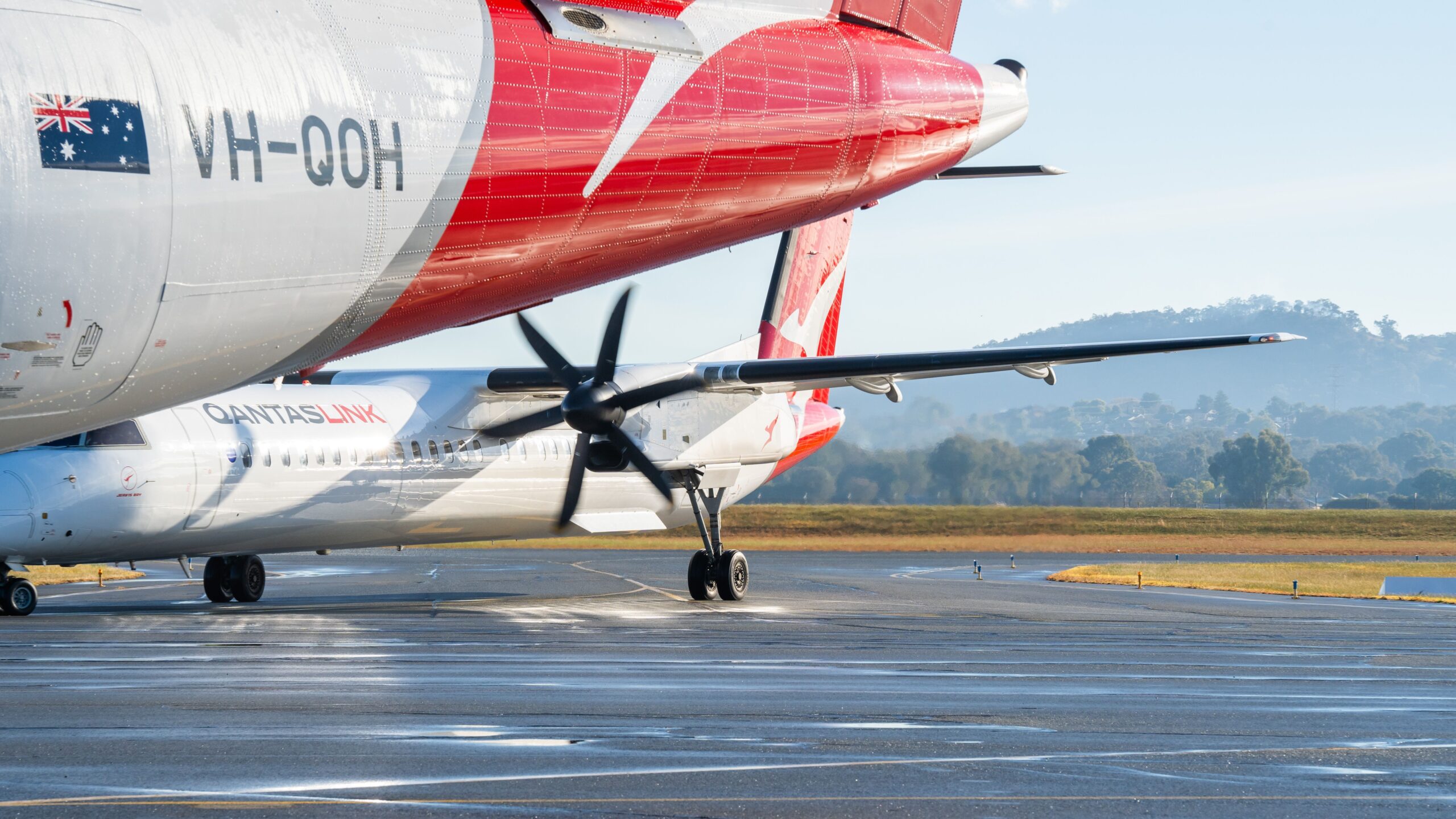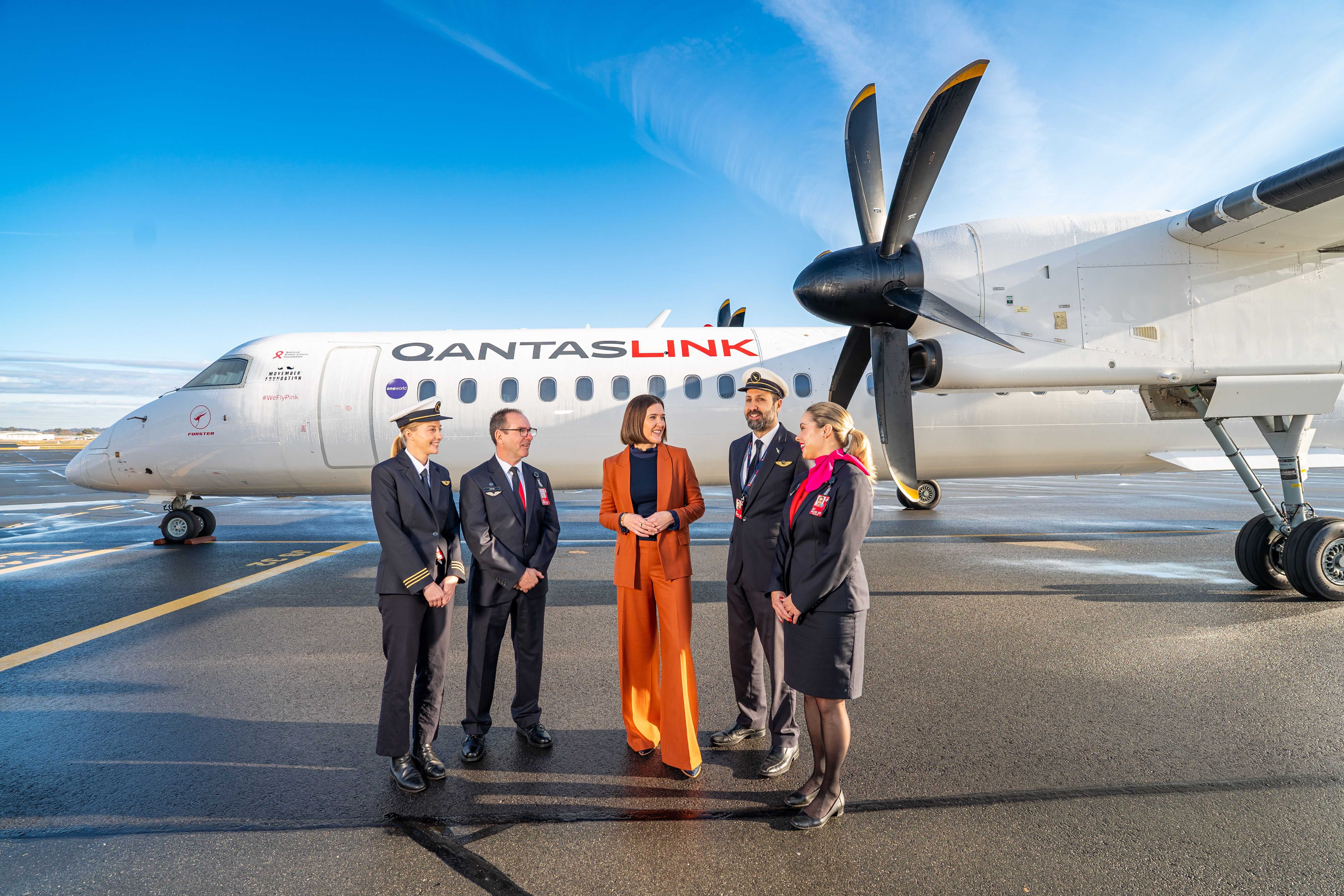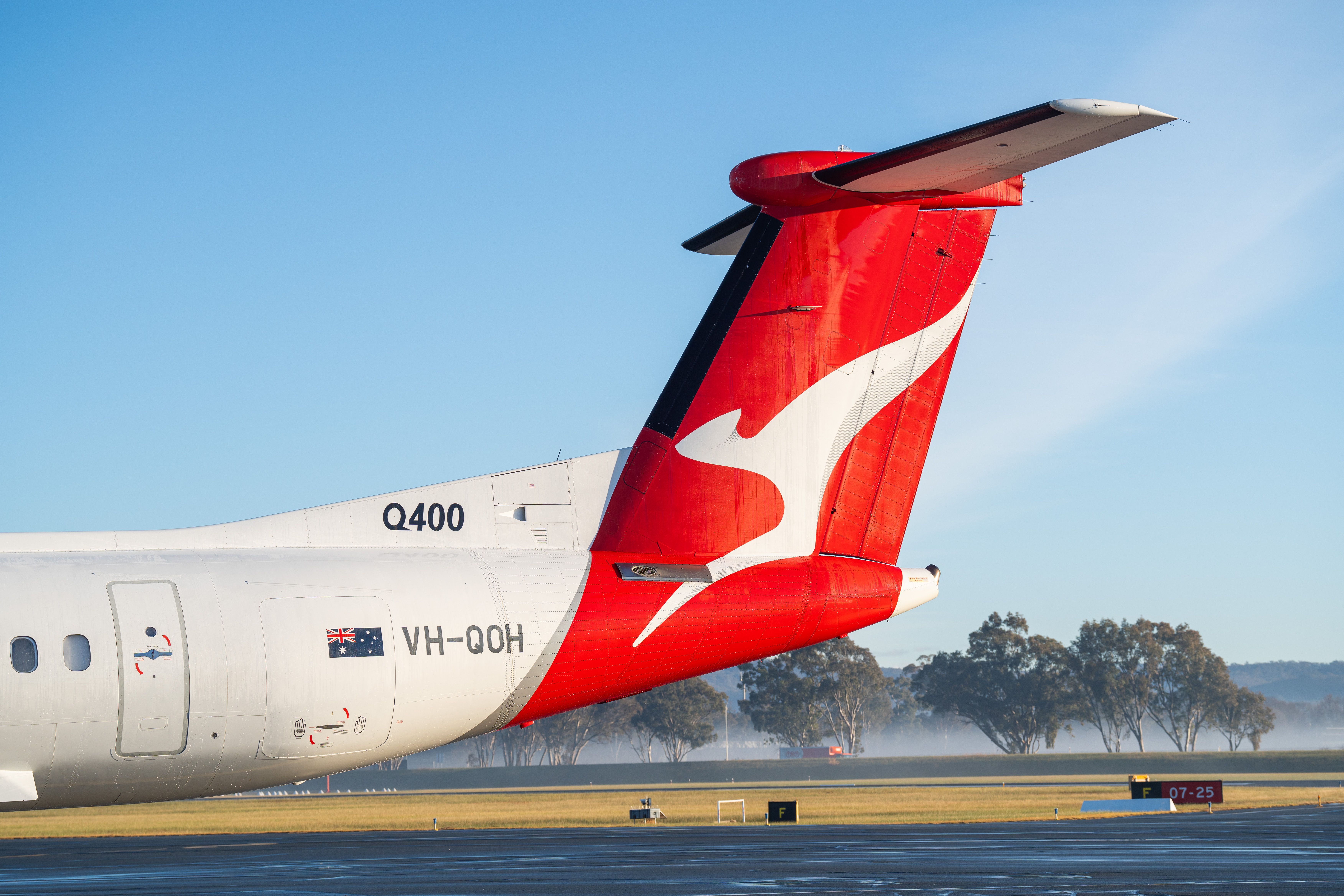Summary
- Qantas renewing QantasLink fleet with faster Q400s to improve regional connectivity in Australia.
- New Q400s produce less carbon emissions, supporting Qantas’ goal of zero-emission flying.
- Consolidating to a single Q400 fleet type aims to enhance reliability and travel experience for customers.
While Australian national airline Qantas patiently waits for its gleaming new Project Sunrise ultra-long-range Airbus A350-1000s to be built, it has now focused on renewing the QantasLink fleet of turboprops. Qantas started life as a regional carrier in outback Australia, and today’s announcement will be welcome news for those who rely on the airline to keep them connected to major hubs.
Time to upgrade to Dash 8-Q400s
Keeping Australia’s regional and remote communities connected is part of the Qantas DNA, and for many of those routes, it relies on turboprops operated by QantasLink and its affiliates. Australia is a vast land mass with a small population density, and the QantasLink turboprops operate to all manner of airfields, so the aircraft used must be reliable and able to cope with these remote and sometimes more challenging environments.
Photo: Qantas
QantasLink has a fleet of 50 De Havilland Dash 8 turboprops, including 31 Dash 8-400s, 16 Dash 8-300s and three Dash 8-200s. In addition to the turboprops, QantasLink operates Airbus A220 and A320 family jets, Boeing 717s, Embraer E-190s and Fokker 70/100s, with a total fleet of more than 100 aircraft.
Today, Qantas Group announced it will acquire 14 additional mid-life Dash 8-400 aircraft (Q400), with the 19 smaller Q200 and Q300 planes to be gradually phased out of the fleet. Followers of Qantas will know it is already phasing out the Boeing 717s in favor of Airbus A220-300s, with a third new A220 due to arrive in the coming weeks.
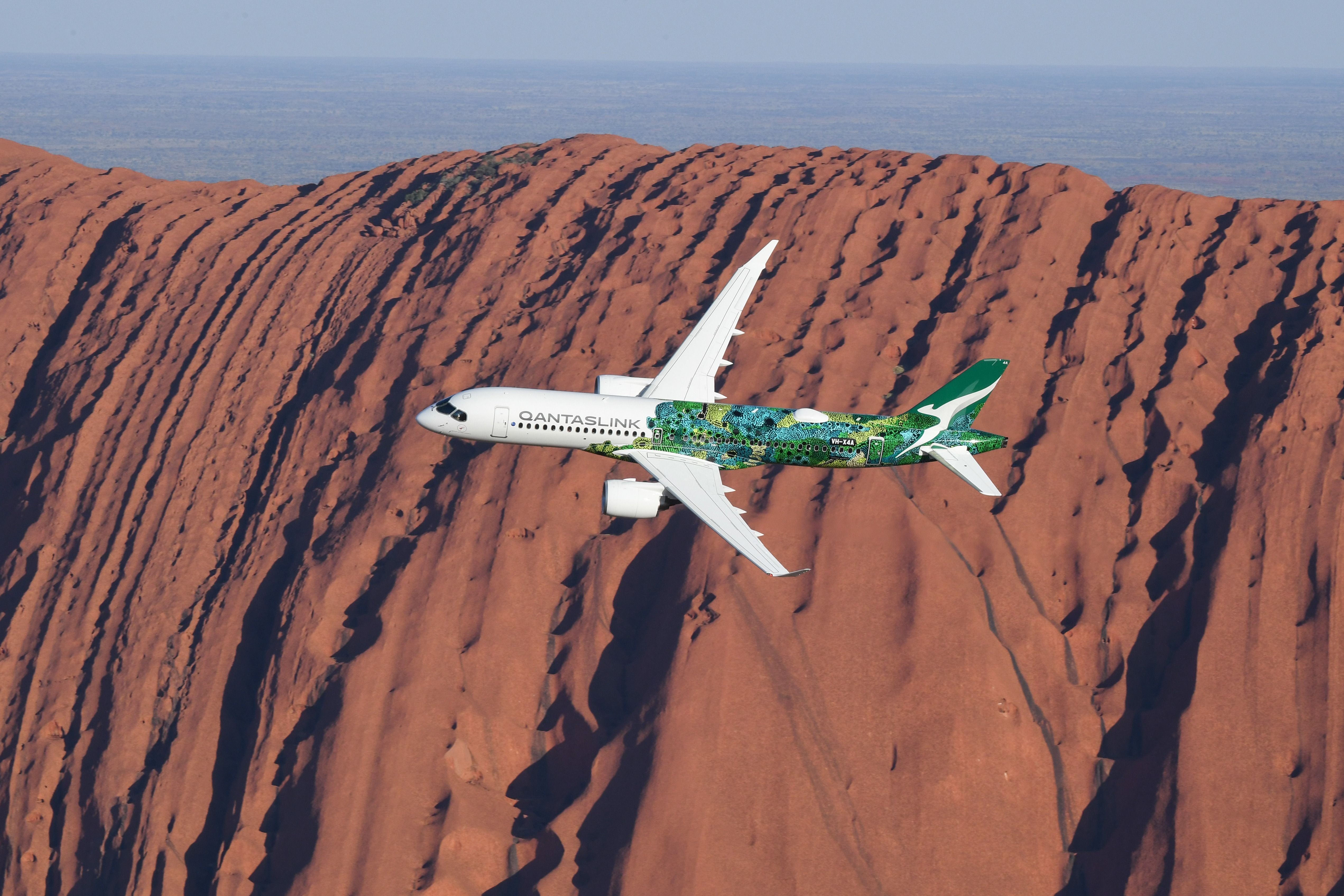
Related
Flight Review: Flying Both Inaugural Qantas Airbus A220 Services
Today, the two Qantas Airbus A220s made their commercial debut, and it was a roaring success with the passengers, crew, and the airline.
The first of the additional Q400s will join QantasLink by the end of this year, and when all are delivered, the airline will have a single turboprop fleet of 45 Q400s. The Q400s are 30% faster than the older types they are replacing and will have 78 seats, four more than the existing Q400s, compared to 50 seats in the Q300s and 36 on the Q200s.
100+ years of connections
In a nod to the airline’s roots, Qantas Group CEO Vanessa Hudson said the turboprop renewal program was part of the airline’s ongoing commitment to serve regional Australia. She added that Qantas is proud of its role over more than 100 years in keeping regional communities connected and that this investment ensures there will be ongoing reliable air services across many parts of regional Australia.
“QantasLink turboprops carry more than 3.5 million customers to more than 50 destinations around regional Australia every year, and these next-generation aircraft allow us to improve the travel experience with a faster and more comfortable experience. By consolidating our turboprops into a single fleet type, we’ll be able to further improve our reliability and provide a better recovery for our customers during disruptions.”
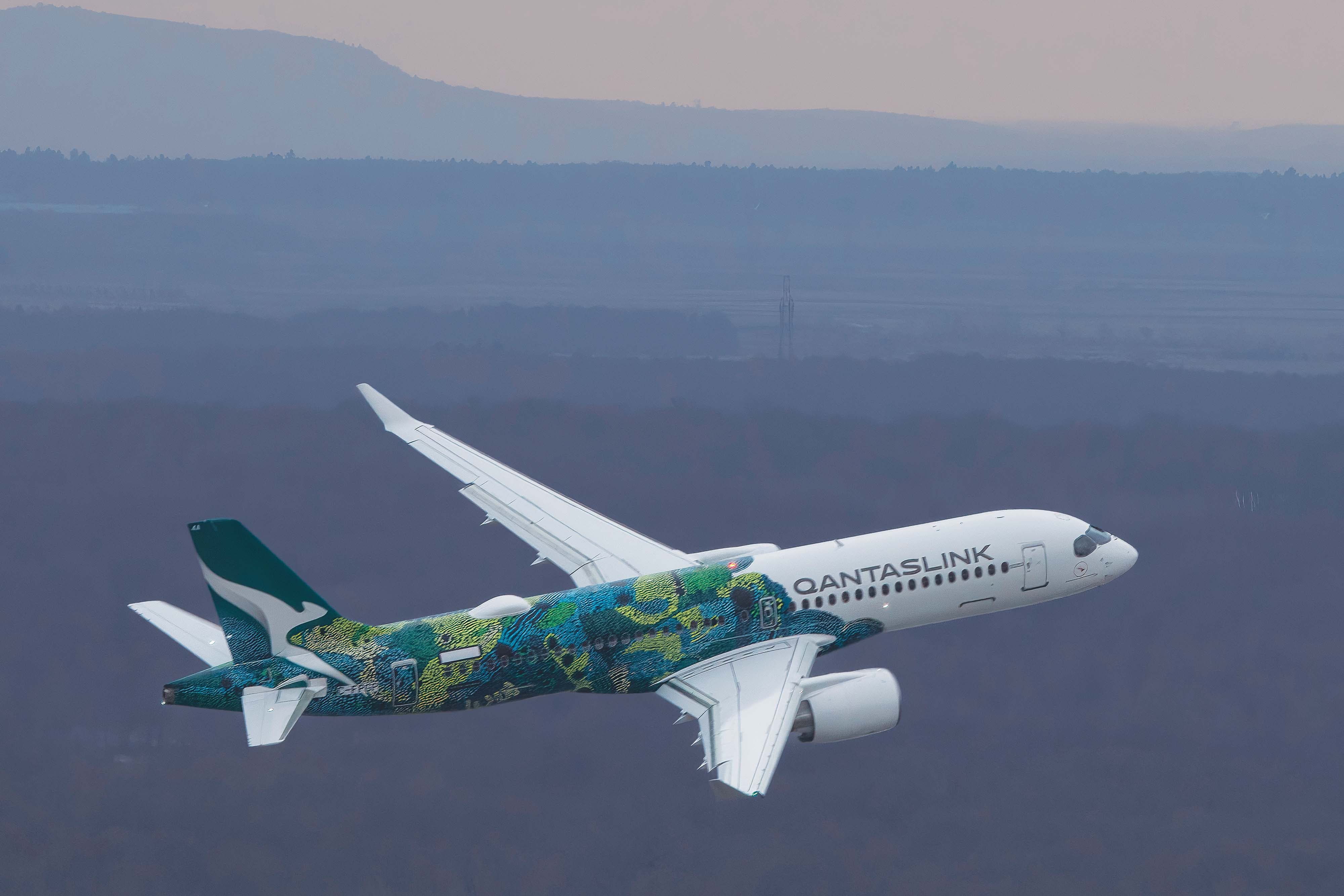
Related
Qantas Airbus A220s Will Transform Australian Regional Flying In 2024
After decades of ‘sameness’, Australians are at last seeing new technology aircraft, like the Airbus A220, on their domestic and regional routes.
Photo: Qantas
The Dash 8-Q400s being acquired are (on average) more than ten years younger than the aircraft they are replacing and produce less carbon emissions per passenger than the Q300s. The Qantas Group has significant programs underway on its journey to zero-emission flying and it said these Q400s will provide certainty as the airline works with partners on electric or battery-powered aircraft.
In that regard, it is taking a similar approach to Air New Zealand, which is looking to introduce new propulsion technologies into its turboprop regional aircraft, such as electric or hydrogen systems. The short-haul flights are well-suited to what these technologies will offer in the near term, with both carriers looking to sustainable aviation fuel to decarbonize the long-haul flying that produces the bulk of their emissions.
Have you traveled on a QantasLink Dash 8 turboprop? Let us know in the comments.

